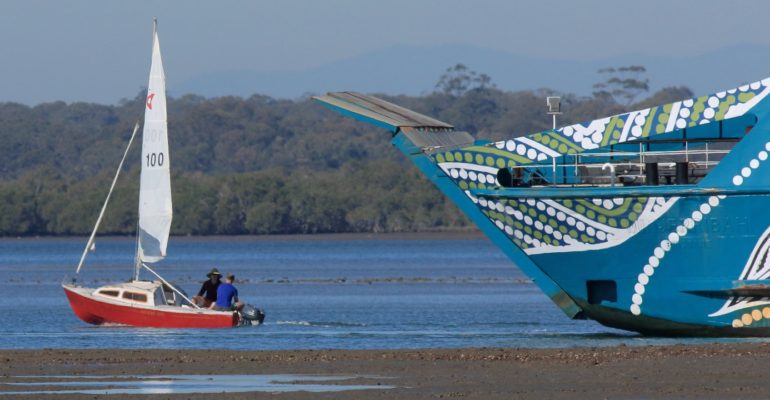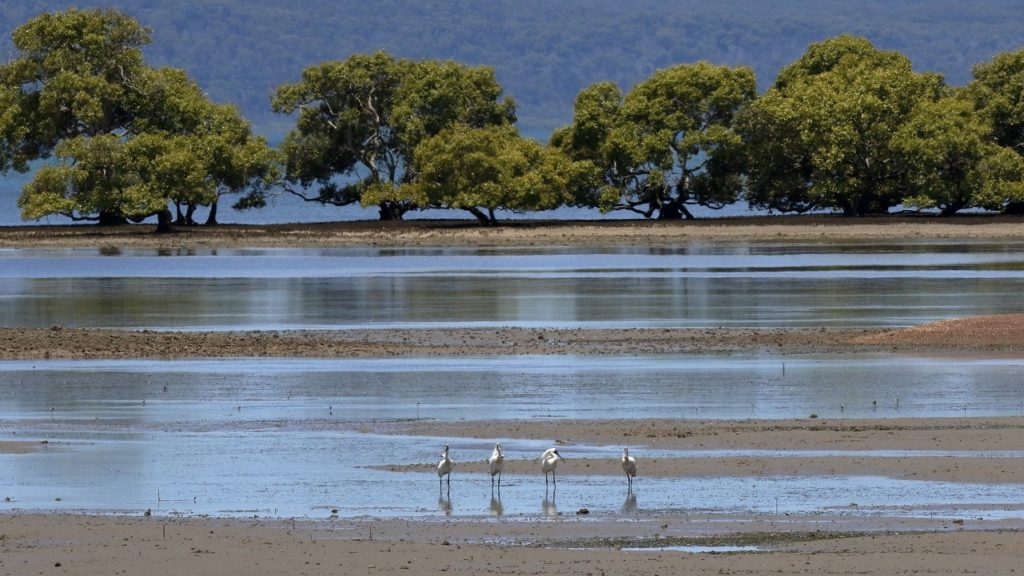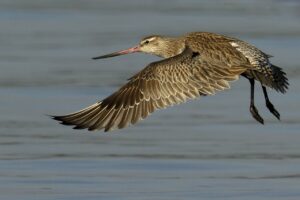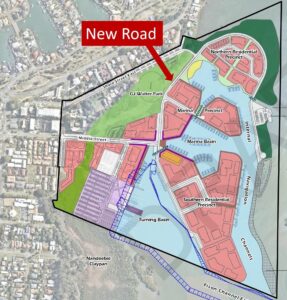
Submissions by community members about the Toondah Harbour Draft EIS discuss various concerns including cumulative impact, privatisation, and political donations.
Redlands2030 received copies of many submissions about the Draft EIS and we will publish some of these on our website to promote further community discussion.
If you have something to say about Toondah, or any other matter, email your letter to theeditor@redlands2030.net
Public property and private profit

I object to the Toondah Harbour proposal because of the detrimental effect it will have on Moreton Bay.
The loss of foreshore caused by the Raby Bay estate in the 1980’s, was touted at the time as only affecting 5% of the mangroves in Moreton Bay.
But as time passed, more and more of the Bay has been nibbled away, each time justified as only a little bit of habitat, and so more of the public property has been handed over to private profit.
My partner and I enjoy the present state of G.J. Walter Park, due to be consumed by this outlandish proposal. It has a rare accessible swimming beach, a calming pleasant environs, a shore bird feeding ground at low tide, and we go there regularly.
The park also has historical significance, due to the landing there of Governor Gipps in 1842.
The Bay, being on the edge of a major city, should be a National Park, and kept as much as possible in its natural state.
If one tours the Queensland coast, one cannot avoid the monotony of the same unimaginative despoliation of the coast, a monument to the lack of quality in local council thinking.
Once this part of the Bay is ruined, it is lost forever.
The original idea of the proposal was to provide an updated concrete ramp for vehicular ferry traffic, the cost of which was regarded for some reason as being beyond the reach of local and state governments. Then the brilliant idea of residential units being built there to finance the outrageously overestimated cost of the port upgrade.
Of course, as usual in these matters, the project grew into its present ridiculous iteration.
This section of the Bay, being in public hands, and therefore free, is a magnet to the type of individual who sees profit, not nature.
L.S.
Sheldon
Cumulative impact of Toondah proposal

The main area of concern for me is the cumulative impact of this proposal.
Cumulative impact is difficult to assess, and its real impact is not realised until irreparable damage has occurred. Individual coastal developments often have minor impact at the local level but the accumulated impact of a series of seemingly innocuous projects can be immense.
In the case of this development the cumulative impact on migratory waders, turtles, dugongs, and koalas may appear to be small at the local level but when combined with other impacts occurring along the east coast of Australia it can be huge.
In relation to migratory birds and marine threatened species and habitat the EIS executive summary states “While impacts are not expected outside of the Project area, migratory birds are highly mobile and have the potential to utilise habitats throughout Moreton Bay.
The Project is considered unlikely to impact on any threatened marine species therefore the CIA addresses potential impacts to marine habitats including mangroves, saltmarsh and seagrass. The Project will result in the loss of wetland habitat including mangroves, saltmarsh, seagrass and unvegetated mud/sand. The area of wetland habitat being lost is relatively small and are well under 1% of comparative habitats in the MBRS. Potential for impacts outside of the Project footprint, including on adjacent high tide roost sites, is considered to be minimal with any minor impacts expected to be short term (e.g., construction noise) or activities that shorebirds will habituate to over time (e.g. increased pedestrian use of foreshore public open space and walking/cycle paths).
While impacts will be localised and not result in a change to the ecological character of the MBRS, a small area of the wetland (less than 0.02%) will be substantially modified resulting in a significant impact to a wetland of international significance under the EPBC Act. While the Project is considered likely to have a significant impact as defined by the EPBC Act, avoidance and management measures will ensure impacts are contained to the Project footprint. The habitats impacted are not considered to provide significant or unique values in comparison to other similar areas with the MBRS. “
This extract from the EIS is the standard approach taken by developers and government. Without being critically analysed in a holistic context such an approach appears to be sound and reasonable. Nothing is further from the truth as we progressively reduce native species habitat through cumulative impact. This is death by a thousand cuts of services provided by a healthy ecosystem to humans. We must stop doing this if we wish to leave future generations a healthy environment (social, cultural, economic, and natural) and are serious about abiding by our international agreement under the Ramsar Convention.
The proposal should not be supported because of its long-term negative cumulative environmental and community well-being impacts.
T.K.
Braddon ACT
Political donations

The recent major review of our Federal environment laws (Samuel Report, 2021) concluded that “The environment and our iconic places are in decline and under increasing threat. The Act is ineffective….not fit for current or future challenges.”
This alarming conclusion, together with our democracy-choking political donation laws, underpin how Walker Group’s current Toondah Harbour mega real estate proposal wasn’t rejected at the first hurdle, as the then Minister was advised to do, and may end up with final approval. Walkers have donated over $2 million dollars to the major parties, including $200,000 to the Liberal Party, about the time the Minister overrode his department’s advice that the proposal was “clearly unacceptable”.
Only in some Banana Republic would you expect the above or a scenario where ALL local representatives, local, State, and Federal, are backing the proposal without even bothering to wait for the EIS. In doing so, they have shown their true colours, abandoning their sacred duty of always acting in the interests of their constituents (who also pay their wages). Instead, they’ve hung the public out to dry and, I say, shame on every one of you!
How, then, do the facts get to the public? The media? Sadly, with public interest journalism in short supply, it’s been left to environmental and community groups and concerned individuals. Contrary to what the editor of the RCB seems to believe, Walkers are NOT presenting facts but, instead, are running an intensive, expensive (I’m sure), MIS-information campaign, orchestrated by a professional lobbyist.
G.C.
Coochiemudlo Island
More Toondah Harbour comments
Local Residents Say NO To Toondah
Toondah Hotline, Earthquake Risks And G.J. Walter Park In Letters
More letters about Toondah Harbour
Redlands2030 – 1 January 2023
Please note: Offensive or off-topic comments will be deleted. If offended by any published comment please email thereporter@redlands2030.net